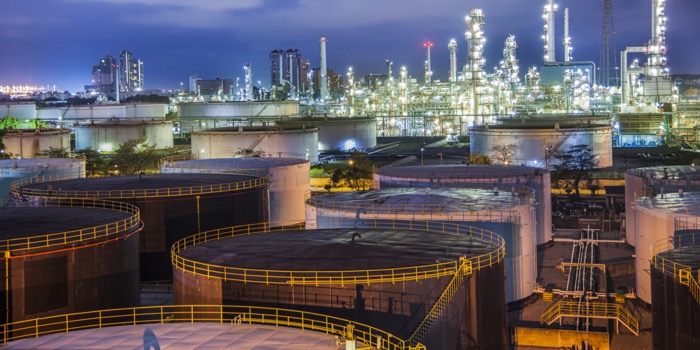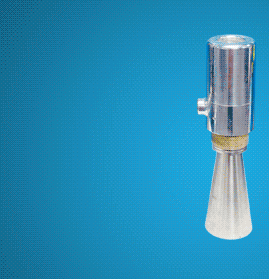Engineers have developed a new computational model showing how the contents of failed aboveground storage tanks can spread through the atmosphere, following disasters such as hurricanes.
The model, which has been developed at Rice University in Houston, Texas, is based on real data from the Houston Ship Channel, the largest petrochemical complex in the US, from Hurricane Ike, which hit in 2008, and Hurricane Harvey, which wreaked havoc in 2017.
Winds like these can carry chemical and petroleum vapours a long way from the site of a tank. Atmospheric scientist Rob Griffin of Rice’s George R Brown School of Engineering said that the model can be used to predict potential consequences of future storms threatening storage tanks.
If the storm also knocks out air quality monitoring systems, the model could also offer the only way to estimate the spread of pollutants afterwards.
The model looks at how vapours are carried on winds for 12 hours after a spill, at heights of up to 5,000 feet. It showed that oil vapour plumes spread more widely than organic solvent plumes, which stay concentrated along the path of the wind. In addition, there is substantial formation of ozone and secondary organic aerosols in the solvent plumes, driven by factors like sunlight and other pollutants.
The model is not suitable for studying the effects of a single tank spill, as it is based on regional data, but Griffin believes that it could be adapted for that purpose and will make the chemistry and atmospheric code available.
For more information visit engineering.rice.edu












